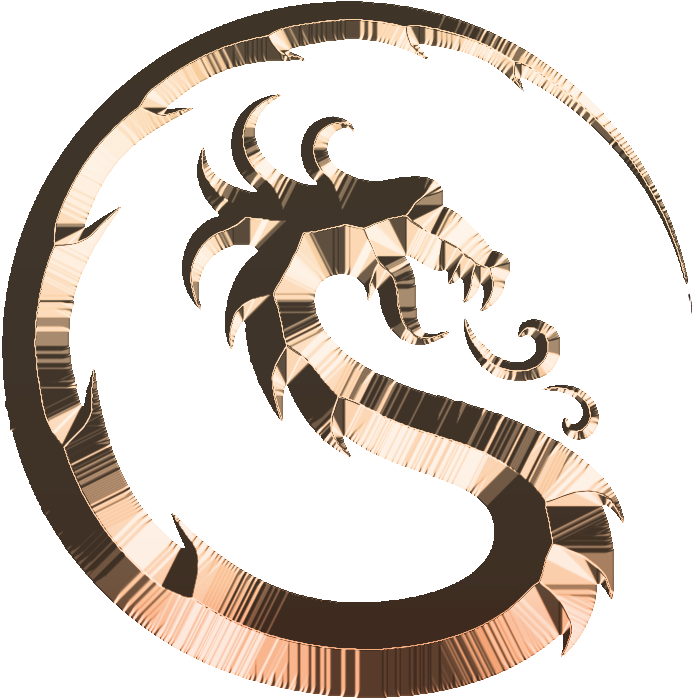After a brief hiatus, I’m returning to my series on the Magic of Medieval Fiction, where we have been lingering in the late Fifth Century and the Age of King Arthur. One of the stories from that time period that I neglected to mention previously was the tale of Tristan and Iseult. This story has become part of the Arthurian legend, and in many versions, Tristan is one of Arthur’s knights. The story has also spawned a modest amount of fiction, as well as an opera and a movie, so it makes sense to discuss it while we’re dwelling in the early Middle Ages.
 |
| The tragic lovers: Tristan and Iseult |
There are numerous versions of the legend (which may have been based on an older Celtic tale), but in most accounts, Tristan is the nephew of King Mark of Kernow (Cornwall). Tristan is sent to escort Mark’s much younger bride-to-be, an Irish princess named Iseult (sometimes spelled Isolde), from Ireland to the wedding. But at some point on this journey, Iseult and Tristan fall in love. Many of the legends attribute this to a love potion, though the stories conflict over whether the potion was accidentally consumed or whether Iseult used it on Tristan to escape a fate with the far-older King Mark. As one can imagine, the affair creates a huge conflict with the king, and most of the legends concern the couple’s efforts to escape the king’s justice. In some versions, the story ends tragically with the couple being sentenced to death, though other versions have a happier conclusion.
In more recent fiction, Bernard Cornwell tackles the legend of Tristan and Iseult as a subplot in Enemy of God. In Cornwell’s version, Tristan is the son of King Mark and an ally of Arthur, though he is also a good friend of the book’s protagonist, Derfel Cadarn. After King Mark marries Iseult, she and Tristan fall in love – without the need for any potion – and the two go on the run. Here is a brief passage describing Derfel’s first encounter with Iseult at her and Tristan’s secret refuge:
Small and dark and fey and fragile is how I remember Iseult. Little more than a child, really, though she had been forced to a woman’s state by her marriage to Mark, yet to me she appeared as a shy, small, thin girl, nothing but a delicate wisp of near-womanhood who kept her huge dark eyes fixed on Tristan until he insisted that she greet us.
The couple’s affair impacts the central plot of Enemy of God when Arthur must decide whether to turn the couple over to King Mark, a truly monstrous character in Cornwell’s portrayal. Arthur’s decision helps dramatize one of the novel’s central themes: honoring one’s oath versus doing what one thinks is right. Ultimately, Cornwell chooses a tragic ending for the two lovers and, in doing so, reveals a hard truth about Arthur.
I’ve not read any other fiction about Tristan and Iseult, but I’m aware of a trilogy about the couple by Rosalind Miles, beginning with her novel Isolde, Queen of the Western Isle and continuing with The Maid of the White Hands and The Lady of the Sea. There is also a YA novel by Rosemary Sutcliff titled Tristan and Iseult, and there is the 2005 movie Tristan & Isolde. I’ve never seen the film, but the Tomatometer wasn’t kind.
In any event, I am curious to know: Have you read any fiction about Tristan and Iseult, and was it any good?

